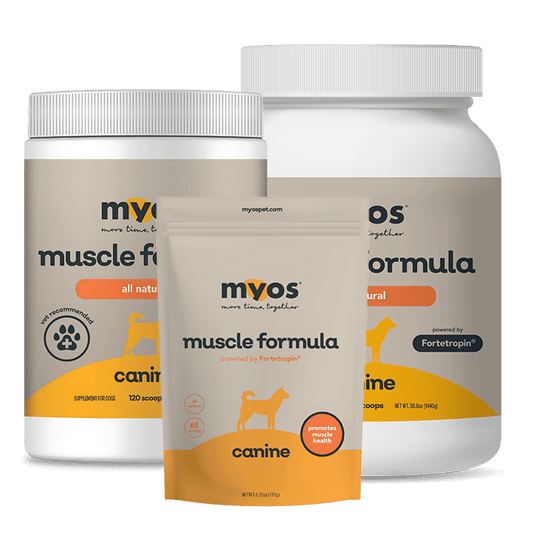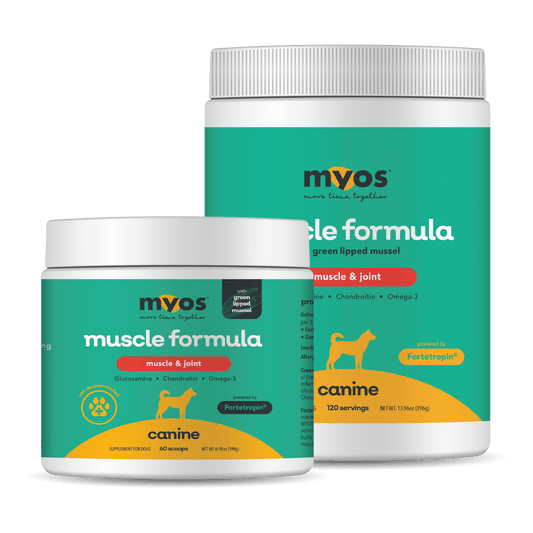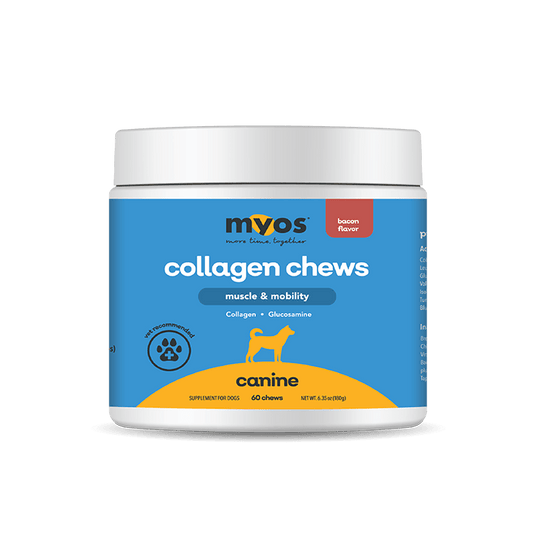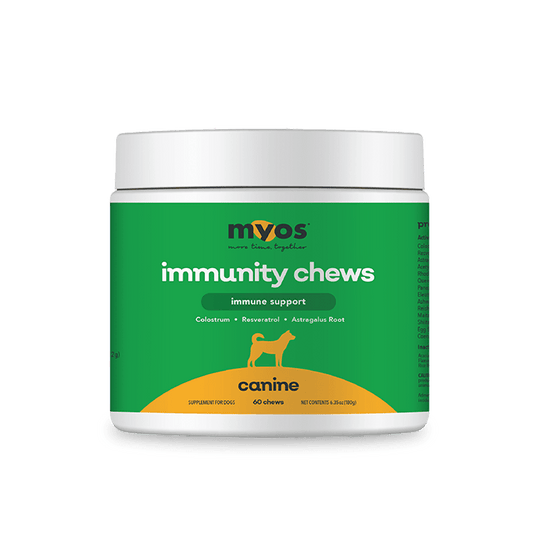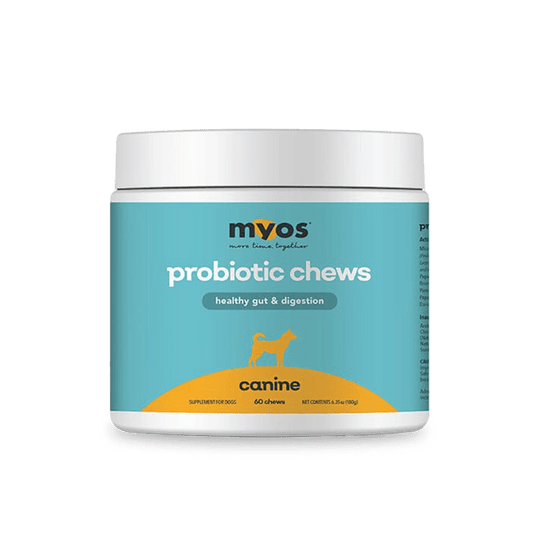Is your dog recovering from surgery? Here are 5 ways to help them maintain their muscles.
Post-surgery treatment is vital to your dog’s recovery. Here are five methods geared specifically toward restoring and sustaining muscle and joint health.
Exercise
There’s a range of exercises and movements involved in post-operative rehabilitation, and it’s often possible for you to help your dog by practicing some of these movements and exercises at home. Examples include:
- Toe squeezes
- Passive range of motion exercises of the limbs
- Rolling from side to side
- Moving a treat up and down above and below a dog’s head helps them bend their neck.
To regain muscle mass and strength, the principle of overload should be followed. Overloading or stressing the fibers will make them adapt and strengthen. Once sufficient healing has taken place, strengthening exercises can be increased. When muscle strength and size is fully restored, canine patients can progress to regular exercise.
Hydrotherapy
Hydrotherapy for dogs is a type of physical therapy where dogs perform certain exercises in water at a rehabilitation center under the supervision and direction of a certified hydrotherapist.
At the most basic level, dog hydrotherapy, typically done in warm water to help dogs relax and keep them from experiencing muscle spasms, is used to strengthen muscles and improve range of motion. It targets the muscles and joints that need to be strengthened or stretched while simultaneously minimizing discomfort.
When pets are in water, they become buoyant, which means they have less weight to carry, making movement less painful and helping dogs go through the full range of motion. Water also adds a level of resistance to the exercises, making a dog’s muscles work harder and build strength faster.
Massage
Massage, including passive range of motion and gentle stretching, can help dogs recover and get back on their feet quickly. Massage therapy meets a number of healing goals in your dog’s post-surgical rehabilitation plan, including:
- Reduce inflammation and swelling
- Manage pain
- Improve and / or maintain range of motion
- Limit muscle wasting
- Release compensatory muscle tension
Nutrition
Before you start feeding your dog new food to help them gain muscle, you may want to call your vet to determine the best muscle-building diet for your dog’s breed. That said, to help your dog build muscle, you may want to consider adding:
- More proteins, such as chicken or beef
- Omega Fatty Acid Supplements
- Antioxidants
Increasing the protein levels in your dog’s diet will enable the muscles to build when you exercise your dog.
Supplements
In addition to daily nutrition and exercise, your veterinarian may also suggest a natural muscle-boosting supplement, MYOS Canine Muscle Formula®, to aid in dog muscle atrophy treatment. A first of its kind, this muscle and joint supplement for dogs has been shown to reduce muscle atrophy and improve the success rate and speed of recovery after surgery.
Please Note: The precise post-operative regimen will depend on your dog’s needs, so please consult your veterinarian.ces
References
https://roguepetscience.com/2020/11/05/muscle-building-for-dogs/
https://dogsbestlife.com/dog-health/post-surgery-care-for-dogs/
https://www.fullstride.com.au/blog/can-massage-help-my-dog-recover-from-surgery

